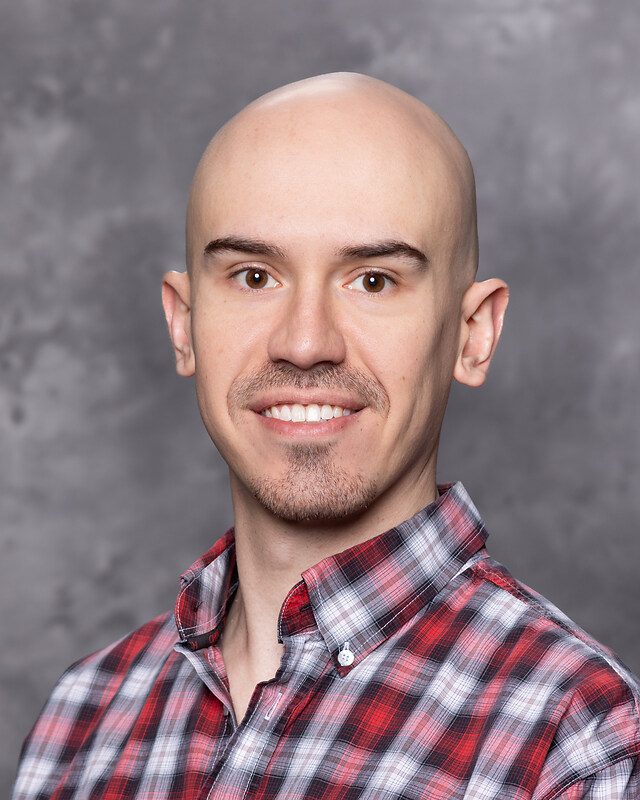They started out nervous. Eitan Sneider’s ’17 father had signed him, his cousin Daniel Sneider ’16 and another cousin up for three and a half weeks at a Shaolin school of Kung Fu in Yantai, Shandong, China.
None of them had studied martial arts seriously except for when they were younger, Eitan Sneider said.
“I have no idea why my dad did [sign us up], he said it would be really cool, and it would be a great experience if we went. It’s one of those things that everyone hears about but nobody does,” Sneider said.
Sneider’s dad simply contacted the Shaolin temple before dropping the three cousins off in Yantai.
“When he left, we were all like, ‘What are we doing? This is a terrible idea,’ but after a few days it kind of felt like home and it was really nice,” Sneider said.
While at the Kunyu Mountain Shaolin Kung Fu School, each of the three was assigned to a Shaolin master to train with. Eitan and Daniel had the same master, who taught them ways to defend themselves in real life using the techniques they were learning. Their other cousin, Nico, was assigned to a different master, who specialized in more acrobatic fighting.
Sneider said he thinks his training will help him with soccer, which he has been playing at home, partly because he started practicing to get into the habit of anticipating what would happen in the next moment of a fight with his kung fu master. He would be able to translate this skill to his soccer matches.
Sneider and his cousins typically started their days at 5:30 a.m., training for most of the time when they were not taking meals.
The same schedule applied to the rest of the students there, Sneider said. The school was hosting about 50 other students at the time, many of them from different countries ranging from France to Mexico. Most of them were significantly older than the three cousins.
His master did not speak a word of English, so “a lot of the time we had to just look at his movements and see what we could interpret from them,” Sneider said. The occasional translator was a treat, he said.
Despite the language barrier, “[the masters] push you really, really hard,” Sneider said.
“Wednesdays we had power training,” Sneider said. Warmups before power training consisted of traversing a nearly 50 yard field doing clap push-ups.
“My favorite part was probably power stretching, which was on Thursdays …you’d be doing the butterfly stretch and you’d be pushing yourself, then the master would come and jump on your knees,” he said, “so basically they stretch you to your breaking point.”
Every Friday was the “temple run,” Sneider said. “We’d go up for about half a mile, about 45 degrees steep, get to the top and we’re all like, ‘Yes! We’ve finally made it, we’re done,’ and then the master looks at us, frowns and starts hitting us to move. So we start moving, and we see a staircase, and it turns out that we’ve gotten to the starting point of the run. And all of us there are already dying.”
One of the biggest benefits of going to kung fu school, Sneider said, was that almost no training would be hard for them afterwards.
“What I probably took most out of it was that your limits go a lot further than you think they do. Even when you think you have to stop, you can actually keep going,” Sneider said.
A lot of the training was physical, but practicing tai chi and qi gong lent a more spiritual aspect to it, Sneider said.
“[The monks] don’t look that strong, or muscular at all, but with their technique, and their mastering their qi and all that, they’re really, really powerful,” Sneider said.
“My master was 55 years old and one of the oldest monks there. You look at him, and you’re like, ‘this guy is super frail and old – what is he going to do?’ but he punches you from half an inch away with not even half of his strength – he says he’s going easy for a demonstration, and he completely knocks the wind out of you,” he said.
As for food, Sneider said they got used to rice and the occasional side every day.
“Now that we’re back, I don’t think any of us wants to eat rice for a while. That was what we were living off of the whole time,” he said.
The three cousins also found themselves without much technology, Sneider said.
“Even though it was really tough, and they trained you really hard, in the end it was worth it,” Sneider said.
The three cousins are planning to go back to the school next summer to train for a longer time than they did this year. All three cousins have been continuing to practice since they got back home.
“We didn’t want to lose the momentum we had,” Eitan Sneider said.
They often practice independently, as well as at a local Kung Fu school and separately with a student of Bruce Lee. Both Daniel and Eitan Sneider have been practicing with the staff, a six-foot-long wooden stick they learned to fight with, almost everyday.
“I might just show some of my friends some of the things I learned and tell them some stories,” Sneider said.
When asked if he would be demonstrating the short-distance punch his master had shown him, he said, “I have a feeling that it might not be a good idea to do it at school.”































